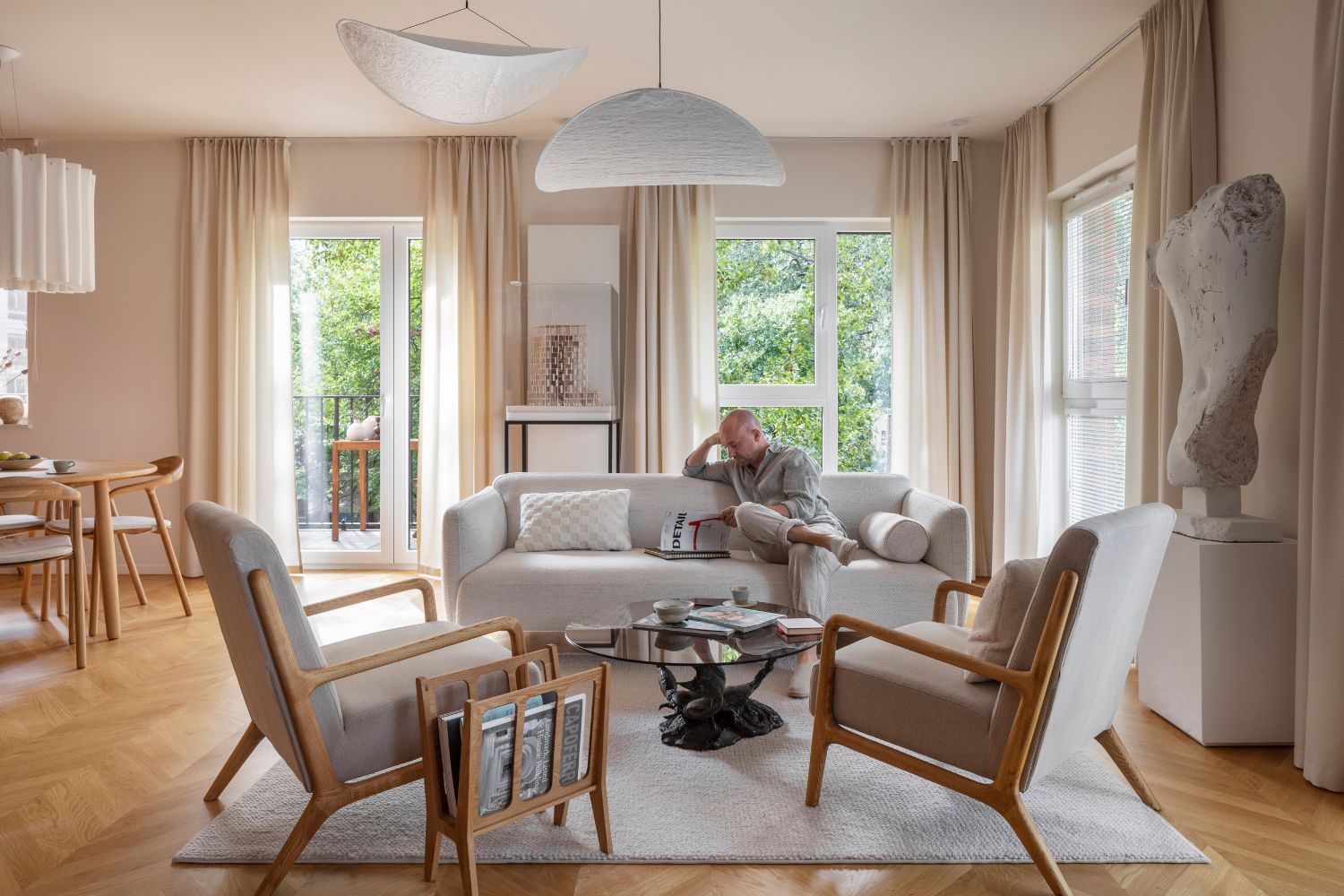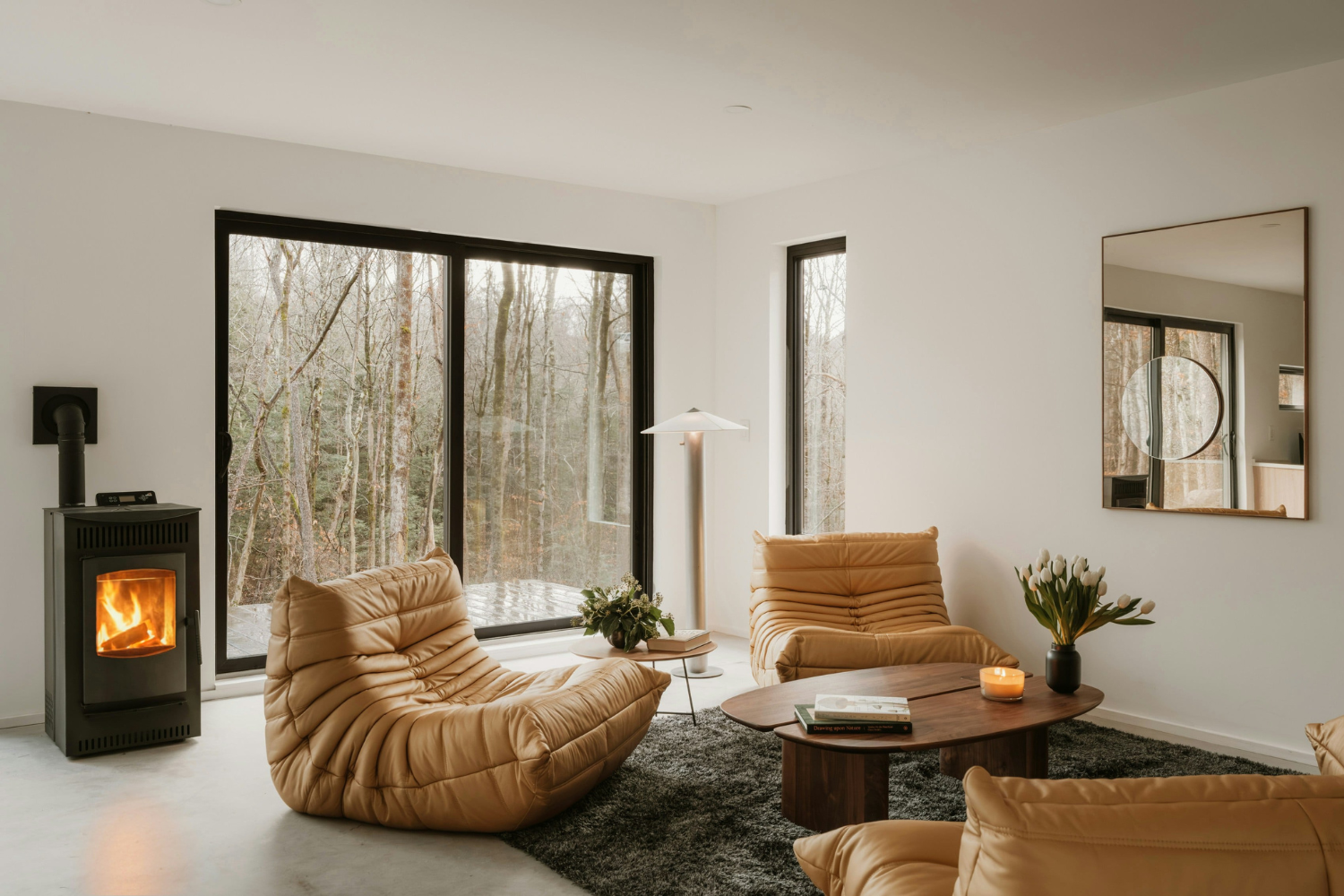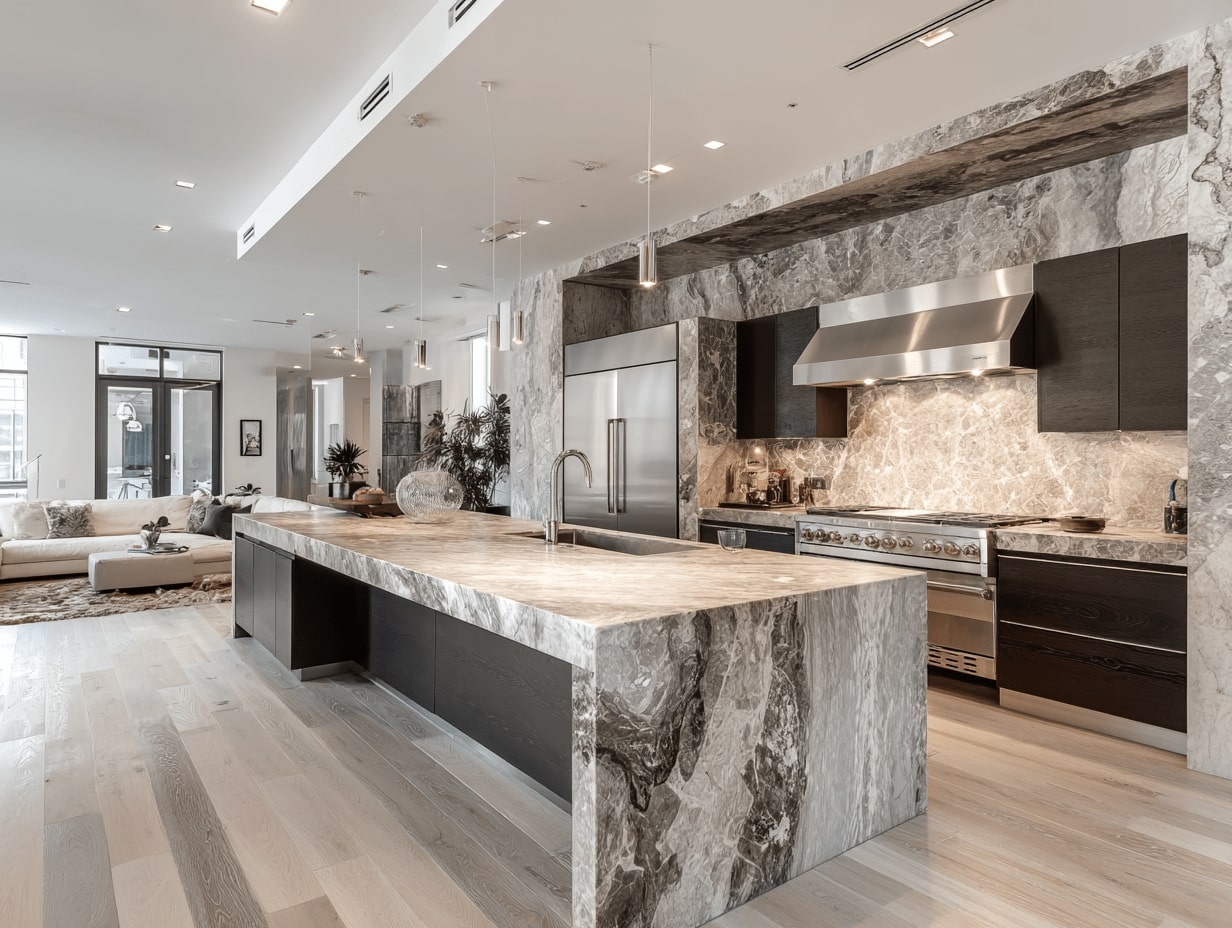- Home
- Articles
- Architectural Portfolio
- Architectral Presentation
- Inspirational Stories
- Architecture News
- Visualization
- BIM Industry
- Facade Design
- Parametric Design
- Career
- Landscape Architecture
- Construction
- Artificial Intelligence
- Sketching
- Design Softwares
- Diagrams
- Writing
- Architectural Tips
- Sustainability
- Courses
- Concept
- Technology
- History & Heritage
- Future of Architecture
- Guides & How-To
- Art & Culture
- Projects
- Interior Design
- Competitions
- Jobs
- Store
- Tools
- More
- Home
- Articles
- Architectural Portfolio
- Architectral Presentation
- Inspirational Stories
- Architecture News
- Visualization
- BIM Industry
- Facade Design
- Parametric Design
- Career
- Landscape Architecture
- Construction
- Artificial Intelligence
- Sketching
- Design Softwares
- Diagrams
- Writing
- Architectural Tips
- Sustainability
- Courses
- Concept
- Technology
- History & Heritage
- Future of Architecture
- Guides & How-To
- Art & Culture
- Projects
- Interior Design
- Competitions
- Jobs
- Store
- Tools
- More
Crafting Serenity: A Guide to Minimalist Interior Design & Decor

In the bustling world we live in, simplicity can be a sanctuary. That’s where minimalist interior design comes in, characterized by its austerity, functionality, and the mantra “less is more”. With its geometric shapes, neutral color palette, and a focus on essentials, it’s a style that’s been inspiring artists and designers for decades.
Minimalism isn’t just about furniture, it’s a philosophy. It’s about stripping back to basics, omitting unnecessary details, and embracing white space. The beauty of minimalism lies in its practicality and affordability, making it an ideal choice for those seeking a home that radiates calm and order.
Let’s embark on a journey of understanding the core elements of minimalist design and how you can incorporate them into your home. After all, a minimalist home isn’t just a design trend, it’s a lifestyle choice that promises a warm and nuanced living space.

Table of Contents
ToggleUnderstanding Minimalist Interior Design
Having touched on what minimalist interior design offers in terms of aesthetics and lifestyle benefits, let’s delve deeper into understanding this popular style.
Defining Minimalist Design Style
Minimalist design style, originating in the early 90s, refers to an interior design approach characterized by simplicity and functionality. Stripping away all but the essential elements, it showcases each piece that makes up the room’s composition. While every design detail is made deliberate and useful, providing a sense of clarity and tranquility. The mantra of this design style is, in essence, less is more, believing that simplicity enhances our life’s quality.
Minimalist decor goes beyond surface-level aesthetics, adopting a philosophy grounded in reducing clutter, both physical and mental. It promotes a home environment founded on a streamlined style, free from excess and overwhelming details, offering a warm and nuanced living space.
Fabrics for interior designing also play a significant role in minimalist spaces, as they can bring texture, warmth, and softness without overwhelming the design. Natural materials like linen, cotton, and wool in neutral tones enhance the minimalist palette, offering subtle visual interest and comfort.
Contrary to common misunderstanding, minimalism does not translate to emptiness or starkness. Instead, it focuses on refining elements and tuning into their essence. By simplifying and clearing away the non-essential, a minimalist design allows the essential to shine, potentially enhancing the overall atmosphere of a home while ensuring it remains functional and livable.
Minimalist house decor speaks volumes in subtlety, ensuring spaces are free from crowded decor and furniture. This design style makes excellent use of every room’s functionality. It prioritizes quality over quantity, reflecting the philosophy that it’s better to have a few high-quality, meaningful pieces than scores of random objects.
In a world where people’s lives can often become cluttered not only with objects but with thoughts and distractions, this design style serves as a refreshing reminder that less truly can be more. Embrace the principles of minimalist interior design, and immerse yourselves in the understated elegance, simplicity, and peace it offers.

Why Choose Minimalist Interior Design?
Transitioning to minimalist interior design denotes embracing order, functionality, and tranquility. Envision a striking light fixture above the dining table. It is undoubtedly functional, but it also imbues character into the space, commanding attention. Examples of such interiors are showcased by minimal living room designs by top designers like Roberto D and Julian F, depicting neutral environments that avoid visual clutter.
Opting for a minimalist style connotes choosing austerity over excess, simplicity over complexity. It’s a design philosophy that resonates with the phrase “less is more,” urging us to skimp on what’s unnecessary while emphasizing the essential elements. Geometric shapes, functional furniture, and minimal color are hallmarks of this design. While the base palette typically comprises neutrals like whites, creams, and pastels, accent colors aren’t uncommon, providing you stick diligently to your chosen palette. Mastering minimalism isn’t just an aesthetic preference, it’s an approach to a clutter-free lifestyle.

But why lean towards minimalist interior design? Well, the answer lies in its core principle — reducing clutter. Clutter, physical or visual, isn’t just about crowded spaces; it symbolizes the chaos and disorder that permeates our modern lives. A minimalist home casts aside this clutter, creating spaces that are ordered, free-flowing, and calming. The focus is on ‘more information’, which in design parlance means a balanced composition where every element has significance, not swamped by unnecessary additions. Walls are usually white, throwing more light around the room, reinforcing the sense of space — a trend that aligns perfectly with this year’s design trends.
Besides its clean aesthetics, minimalist interior design also echoes sustainability by stripping decor down to essential needs. It means fewer items, hence less waste, positioning minimalism as a greener, environmentally-friendly design choice.
In sum, choosing minimalist interior design means opting for clarity, calmness, sustainability, and an order that subtly nudges us towards a well-balanced, fulfilling lifestyle.

Key Elements of Minimalist Design
In unfolding the core elements of minimalist design, three pivotal attributes arise: an emphasis on function, minimal decor and streamlined furniture, and the role of natural elements and lighting. Each of these factors interweaves to create the quintessential minimalist setting that’s appealing, relaxing, and highly functional.
Emphasis on Function
A cornerstone in minimalist design is the principle of functionality. This aspect demands that every element in a space serves a practical purpose. Items that contribute to the clutter without any functional value lose their place in a minimalist environment, promising to free up the space and make it more fluid and harmonious. In essence, minimalist design calls to question the purpose of every addition.
For instance, take a bare living room—it’s a space to gather, converse, watch TV, or relax in solitude. Adding a couch provides seating comfort; a coffee table may hold drinks and snacks, or perhaps an interesting book. An entertainment stand houses the TV and related paraphernalia, with an importance that becomes clear on settling in for movie night. Fewer items ensure ease of movement, optimal use of space, and increased functionality.
Minimal Decor and Streamlined Furniture
Minimalist design is not synonymous with an absence of decor. Instead, it champions minimal decor with a selection of statement pieces offering a visual break without overwhelming the viewer. Minimal decor fosters a sense of balance, focusing the attention on the functionality and simplicity of the space.
When considering furniture, minimalist design gravitates towards streamlined profiles, clean shapes, and muted tones. It’s here that quality reigns superior over quantity—a few well-chosen, functional pieces that evoke a sense of calm and order. Imagine a dining table with sleek lines and a set of matching chairs—all functioning to serve the space’s primary purpose—dining.

The Role of Natural Elements and Lighting
Nature plays a significant role in minimalist interiors, offering a balanced counterpoint to the austerity inherent in this design philosophy. Prominent in this arena are aspects like plants, natural textures (like stone and wood), and abundant natural light.
Plants, for instance, bring a sense of calm, while materials such as stone and wood introduce warmth and natural allure to the interiors. Natural light serves as an essential element, enlivening the interiors and adding dimension to the minimal decor. Consider large windows that allow ample sunlight to flood in, creating shadows and contrasts that bring depth to the minimalist design.
Our exploration of the key elements of minimalist design thus reveals a focus on functional spaces, minimal yet impactful decor, streamlined furniture, and the vital role of natural elements and lighting. It’s this thoughtful synergy of these elements that defines minimalist design—a design approach championing simplicity, functionality, and tranquillity.

Creating a Minimalist Space
In planning for minimalist design, space usage is crucial. Each furniture piece, accessory, or element needs to serve a purpose. Thus, reducing clutter and making the space feel more open.
The Importance of Spatial Planning
Spatial planning forms the strategic base of minimalist design. It’s concerned with arrangement, orientation, and use of furniture and fixtures in a given space. Both functionality and aesthetics play vital roles in here. For instance, the design of a Joshua Smith-driven living room elegantly embraces white space, proving that minimalism can bring a sophisticated upscale feel.
Efficient spatial planning reduces the burden of oversized furniture and unnecessary knickknacks. Instead, it focuses on the meaningful and practical. It follows the Marie Kondo protocol of thoughtfully considering each possession. If it’s not loved, if it’s not functional—it doesn’t have a place in the minimalist design. But keep in mind, navigating through this process can be a hefty task. Approach it gradually—one room, even one shelf, at a time.

Creating a Focal Point
Once the essentialist’s perspective on belongings is fixed, the next important step is to create a focal point. The key is not about filling every inch of wall space with artworks or accessories, but instead allowing for ‘visual breathing room’. Create a point of interest that guides the observer’s eye through the room, strengthening the overall design.
One way to achieve this is by featuring standout pieces that take center stage, as in a sleek LCD television set overlooking the couch in a living room. Similarly, a tastefully chosen large black and white photograph can be the focal point in a bedroom with vaulted ceilings, complimenting the minimalist aesthetic. Curating a small gallery wall with a cluster of similar style frames featuring connected photographs is another approach that can give the minimalist room a story and personality.
Embracing a minimalist design isn’t about living with the bare essentials but creating a harmonious space where each item is a conscious choice contributing to a serene, decluttered environment. Elements work together to form a clean, peaceful environment—one where less truly becomes more.
Minimalist Design Tips for Each Room
Embracing minimalist design revolves around the principle of simplicity and functionality in every aspect of the space. We go further into detail, explaining minimalist design for every major room in your home.

Designing a Minimalist Kitchen
Creating a minimalist kitchen calls for a blend of functionality and aesthetic purity. De-clutter counters, paring down to only essential appliances and tools. Go with sleek, clean-lined cabinets for a crisp, modern look. Opt for minimalist-style kitchen designs like those by Decorilla designer Susan W. For instance, a minimalist kitchen design with marble counters, as depicted by Decorilla interior designer Renata P, exudes understated elegance while maintaining utility.
Consider hidden storage solutions for utensils and cookware to maintain a streamlined look. Ensure that small appliances are well-integrated and purposeful. It’s appropriate to leave an emptiness in specific spaces, recognizing that empty isn’t equivalent to bland. An open wall or kitchen corner can bring out the beauty of your flooring and colour scheme while evoking a sense of tranquility.
Minimalist Living Room Ideas
Experiment with a minimalist living room infused with personality. Start with choosing low profile furniture that doesn’t overwhelm the space. As exemplified in El Rey Court by kristinswen, the minimalist approach entails leaving spaces empty, promoting free flow of energy and a relaxed ambiance. Invest in a statement piece like a large format print to draw attention and add visual interest. Keep furnishings simple and well-placed, creating room for movement and energy.
Creating a Minimalist Bedroom
Principle elements of a minimalist bedroom are simplicity and serenity. The bed often becomes the centerpiece, like the Salina Upholstered Platform Bed from Wayfair. It’s design is simple yet captivating, providing convenience without the need for additional adornments. Pair this with neutral and earth-tone bedding to create a calm, restful environment. Introduce a large piece of greenery offers a touch of dynamism and balance.

Designing a Minimalist Bathroom
A minimalist bathroom design capitalizes on clean, sleek lines and functional fixtures. Choose neutral or monochromatic color schemes for a soothing, spa-like feel. Opt for a frameless, glass-enclosed shower to create an illusion of space. Employ simple, streamlined fixtures and cabinets for storage. Consider wall-mounted toilets and vanities to enhance the perception of space and openness. Remember, in minimalism, each piece serves a purpose – refrain from investing in redundant elements. Ensure that your minimalist bathroom is both a space of utility and pristine aesthetics.
Overcoming Common Minimalist Design Challenges
Tackling the hurdles innate to minimalist design is an art in itself. Firstly, we face the challenge of spacing. Modern housing, increasingly compact, demands clever utilization of space. It’s achieved by incorporating space-saving furniture and appliances, such as integrated wardrobes and sleek TV sets.
Secondly, striking a balance between minimalism and functionality presents itself as a hurdle. The logic of “essential only” may urge you to eliminate several items; however, certain commodities like a washer, dryer, or microwave cannot be overlooked due to their fundamental roles. Clever design solutions, such as creating multi-purpose spaces and choosing furniture with multiple functionalities, tackle this problem efficiently. For instance, a dining table can double as a work desk, reducing the need for separate spaces.
Thirdly, the need to maintain a pleasant aesthetic while reducing items to the bare minimum might be daunting. However, minimalist design achieves this by incorporating basic color palettes and natural light to maximize the sense of space. Grey flat-panel cabinets, accentuated with white quartz countertops, can maintain the minimalist aesthetic while offering considerable storage.
Lastly, the desire for a personalized and cozy home may seem incompatible with minimalist design. To navigate this, the selection of a few key statement pieces that reflect personal style is crucial. Such items add a touch of individuality without compromising on minimalism. For example, a well-chosen piece of art could elevate an otherwise simple space, encapsulating the charm of minimalist interior design.
By tackling these challenges, it’s possible to create minimalist interiors that are not just aesthetically appealing, but also highly functional and personalized, ensuring a comfortable and sustainable living space. Keep an open and inventive mind, follow the minimalist design principles outlined earlier and transform challenges into exciting design opportunities.

Conclusion
Transitioning into minimalist style lets you effectively utilize the available space, even in a limited area. Ensuring each furniture piece you own serves a purpose isn’t the only task. You also need to skillfully place them without compromising the spacious ambiance you are aiming to create.
Keep in mind: integrating minimalism with functionality doesn’t mean tossing out all the decorative items. Go ahead, place that orange accent pillow on your couch or hang oversized artwork on the wall. The trick lies in balancing, adding hints of personal style while respecting the minimalist ethos.
Remember, minimalist design doesn’t mean devoid of personality. It’s molding your living space to become more functional, soothing, and uniquely yours. Embark on the minimalist journey and discover the joy of uncluttered spaces and tranquil living environments.
Submit your architectural projects
Follow these steps for submission your project. Submission FormLatest Posts
BXB Studio’s Hybrid Interior: Redefining the Modern Architectural Workplace
The Warsaw headquarters of BXB Studio was established in a modest 70...
5 Must-Know Interior Design Trends in American Homes
From warm minimalism to bold oversized artwork, these five interior design trends...
How Open Kitchens Create a Sense of Space Indoors (Without Sacrificing Function)
Open kitchens: see how sightlines, lighting, and smart layouts make rooms feel...
The Revival of Chunky Fiber Crafts in Modern Interior Design
Contemporary interior architecture has shifted away from hard minimalism. After a decade...












Leave a comment